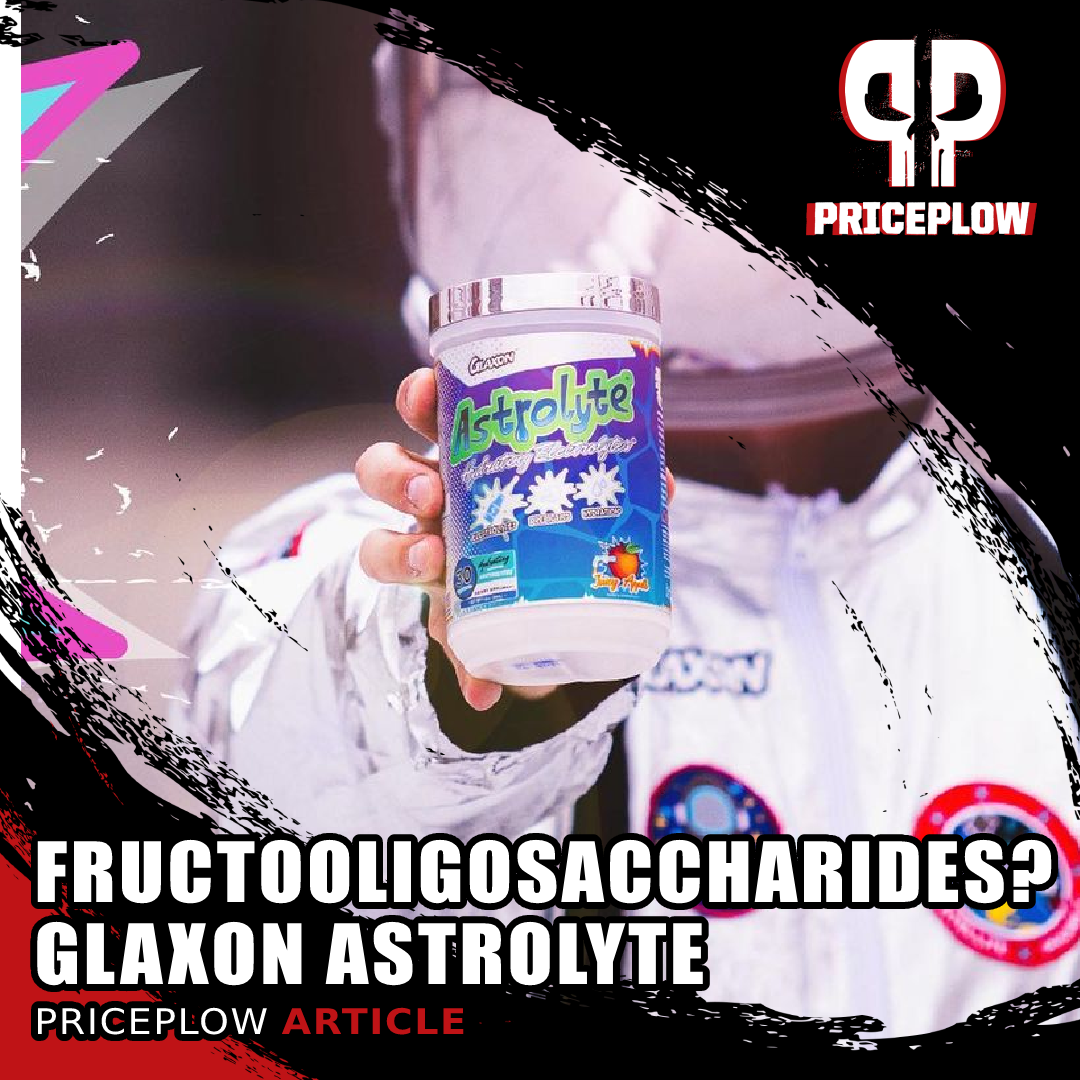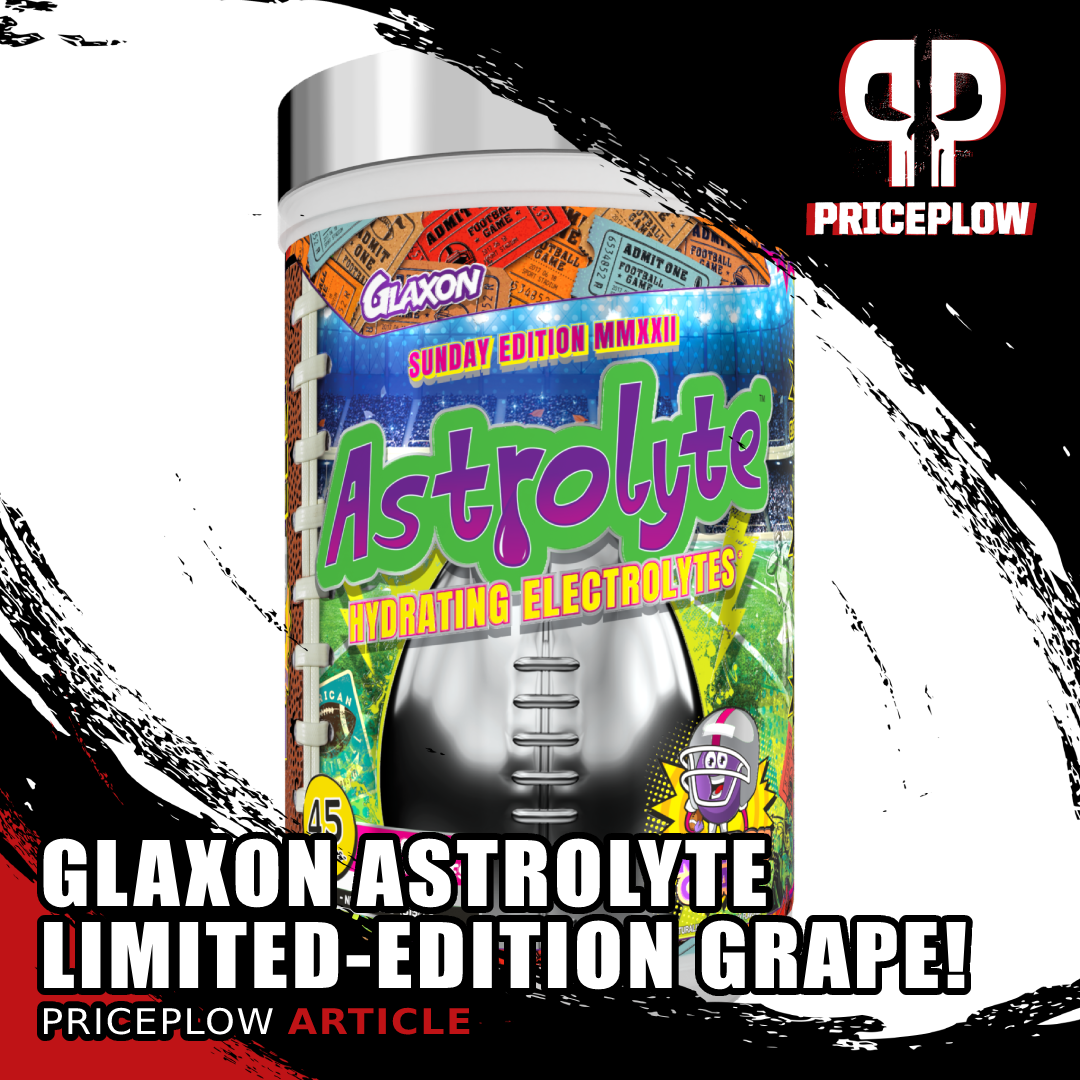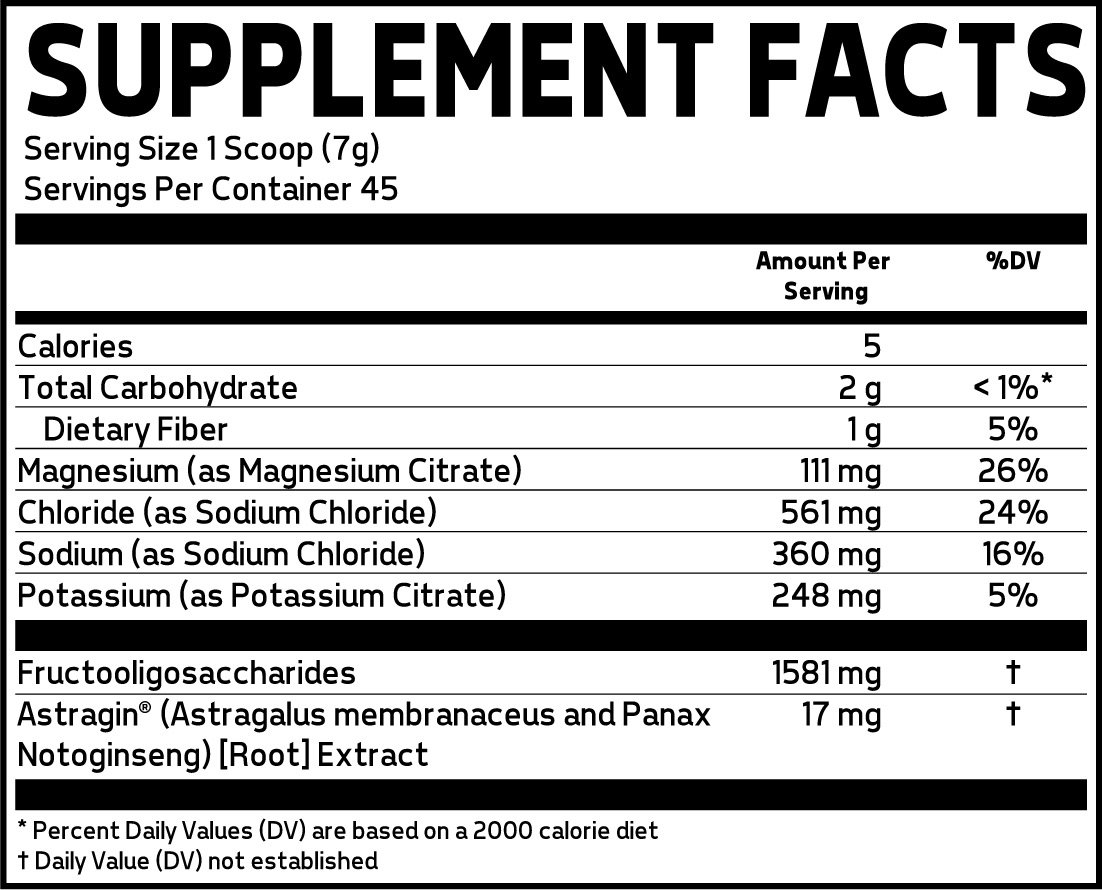Glaxon is back, and this time it's not a mind-bending formula like the recent Protos Whey and Anomaly formulas, but instead is a new limited-edition Grape flavor in their incredible Astrolyte supplement:
Glaxon Astrolyte Limited-Edition Grape Flavor Released!
Not only is this hydrating electrolyte supplement used in numerous Glaxon Formulas (such as Specimen, Specimen G.F.Y, Plasm Surge, and Tranquility - it's also its own supplement!
The main details are covered in our article titled Glaxon Astrolyte: Hydrating Electrolytes That Do More, but if you're interested in this new flavor, jump on it quick -- it's a limited-edition run and is gone once it's sold out!
Glaxon Astrolyte – Deals and Price Drop Alerts
Get Price Alerts
No spam, no scams.
Disclosure: PricePlow relies on pricing from stores with which we have a business relationship. We work hard to keep pricing current, but you may find a better offer.
Posts are sponsored in part by the retailers and/or brands listed on this page.
Glaxon Astrolyte Ingredients
Astrolyte provides us with:
- Sodium - 360 milligrams (16% DV)
- Magnesium - 111 milligrams (26% DV)
- Chloride - 561 milligrams (24% DV)
- Potassium - 248 milligrams (5% DV)
However, the real story's in the FOS (fructooligosaccharide) content!
-
Fructooligosaccharides[1-12] - 1581 mg
-
Sodium[13,14] and Chloride (from Sodium Chloride) - 360 mg (16% DV) and 561 mg (24% DV)
-
Magnesium[15-28] - 111 mg (26% DV)
-
Potassium[29-33] - 248 mg (5% DV)
-
AstraGin[34] - 17 mg

Glaxon Astrolyte bring hydrating electrolytes in style. In this article, we dig deeper into the added mineral absorption ingredient, fructooloigosaccharides.
All Astrolyte flavors
Below is an up-to-date with all flavors of Astrolyte:
Again, read our main Glaxon Astrolyte article for the full rundown - this formula is one of their more underrated innovations and has gotten us through many a hot Texas summer days!
Glaxon Astrolyte – Deals and Price Drop Alerts
Get Price Alerts
No spam, no scams.
Disclosure: PricePlow relies on pricing from stores with which we have a business relationship. We work hard to keep pricing current, but you may find a better offer.
Posts are sponsored in part by the retailers and/or brands listed on this page.




Comments and Discussion (Powered by the PricePlow Forum)